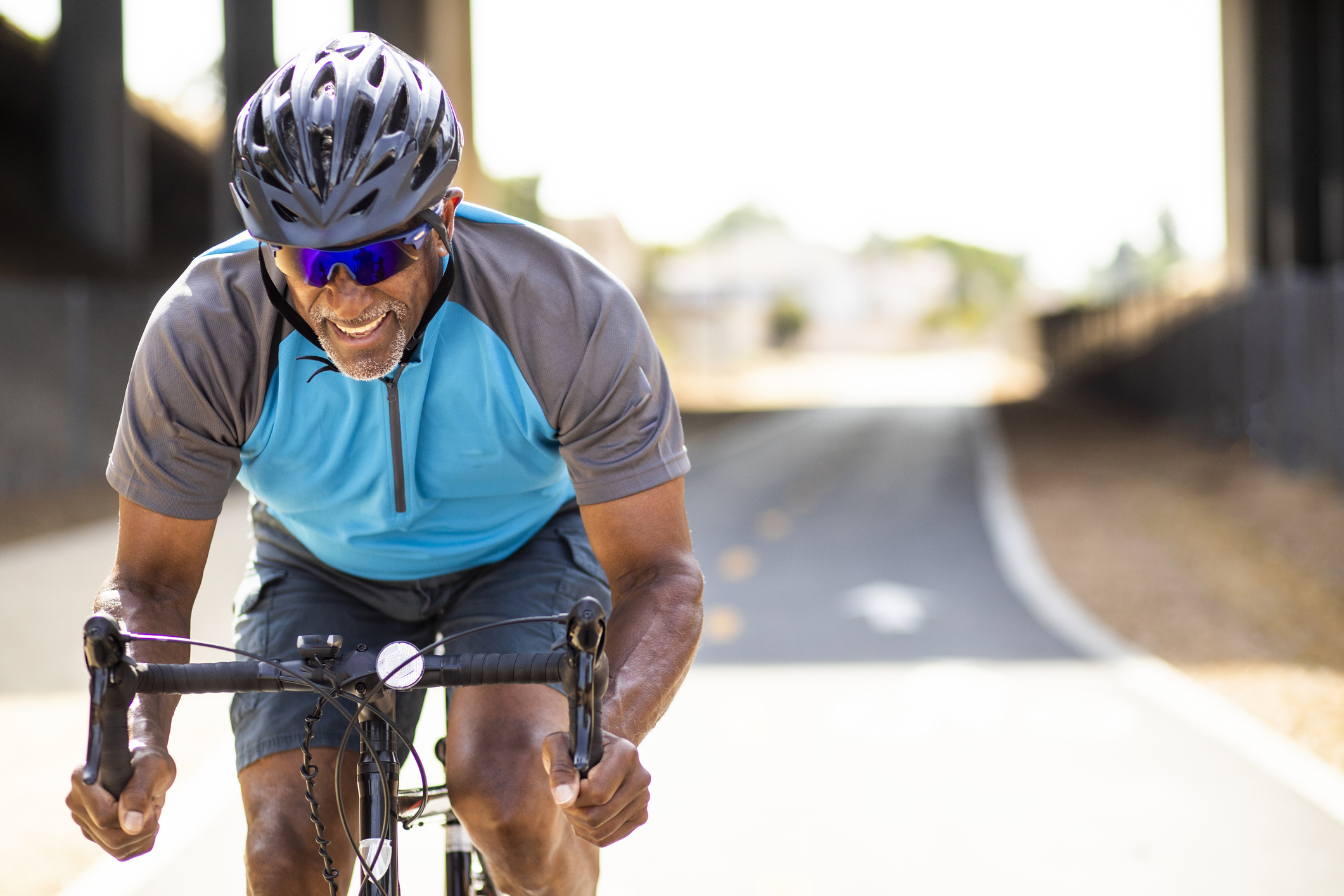If you have been cycling for a while, you probably already know that bike fit is everything. If your bike isn’t adjusted properly for your body, it can make your ride uncomfortable, especially if you are cycling for a long distance. No matter if you know what to do to adjust your bike or not, though, these tips are still a nice reminder. Here’s a look at some of the things you can do to make your rides more comfortable:
Ensure Proper Seat Adjustment
Set the bike’s seat to the perfect level and height. A comfortably leveled and well-positioned bike seat gives your body total support and allows you to position yourself strategically and pedal more efficiently. The sliding-forward bike seat position is never recommended unless your workout targets the knees, arms, and hands. If you don’t enjoy the ride in a leveled-up position, you can slightly tip your bike seat to add to overall sitting comfort.
While relaxed on the bike seat, try pedaling the bike to gauge your comfort level. Adjust it up and down to meet comfortable height. Adjust the saddle to a position not too high to cause knee/ hamstrings pain or too low to cause front knee pains.
Adjust Your Shoe Cleats
Cycling shoes flavor the riding experience by making your paddling easy and efficient. They hold strongly to the pedals, offering you the stability you need to ride with confidence. To make the riding experience more rewarding, you should properly adjust the shoe cleats. Set the cleat for a fore/aft position so that your feet balls are positioned over the pedal center as you paddle. If you want to set the shoe cleat to an angular position, align the cleats with an imagined line bisecting the soles. You can always change the angle to do away with strains and stress.
Find Your Ideal Seat Position
To set your bike’s seat to the ideal position, place the bike in a vertically perpendicular spot against a post or wall. Try pedaling backward to achieve a more comfortable position. Ensure you place the seat so that your bike’s pedal and crank arm are located at the same level as the ground. Try hanging a plumb line from the kneecap to see if it has touched the crankarm end to ascertain whether you have achieved the ideal seat adjustment. Keep your height and riding frequency in mind when adjusting the bike height.
Determine Handlebar Height
For your bike riding experience to be awesome, you should check and adjust the handlebar height. Adjust the handlebars if you experience pains and sores on your neck or lower back after riding the bike. Place your bike on a leveled surface and then view it from afar to see if the handlebar height is in line with the seat height. Ensure the difference doesn’t exceed 4 inches for road riding, and it equals two or fewer inches if you’re an off-road rider.
It doesn’t matter if you have been riding for a while or if you’re just starting out. All cyclists should periodically check their bike adjustments. Even if you set things up properly at one time, things could alway shift. Paying attention to these details will make your ride a lot more comfortable.
Share this post:



